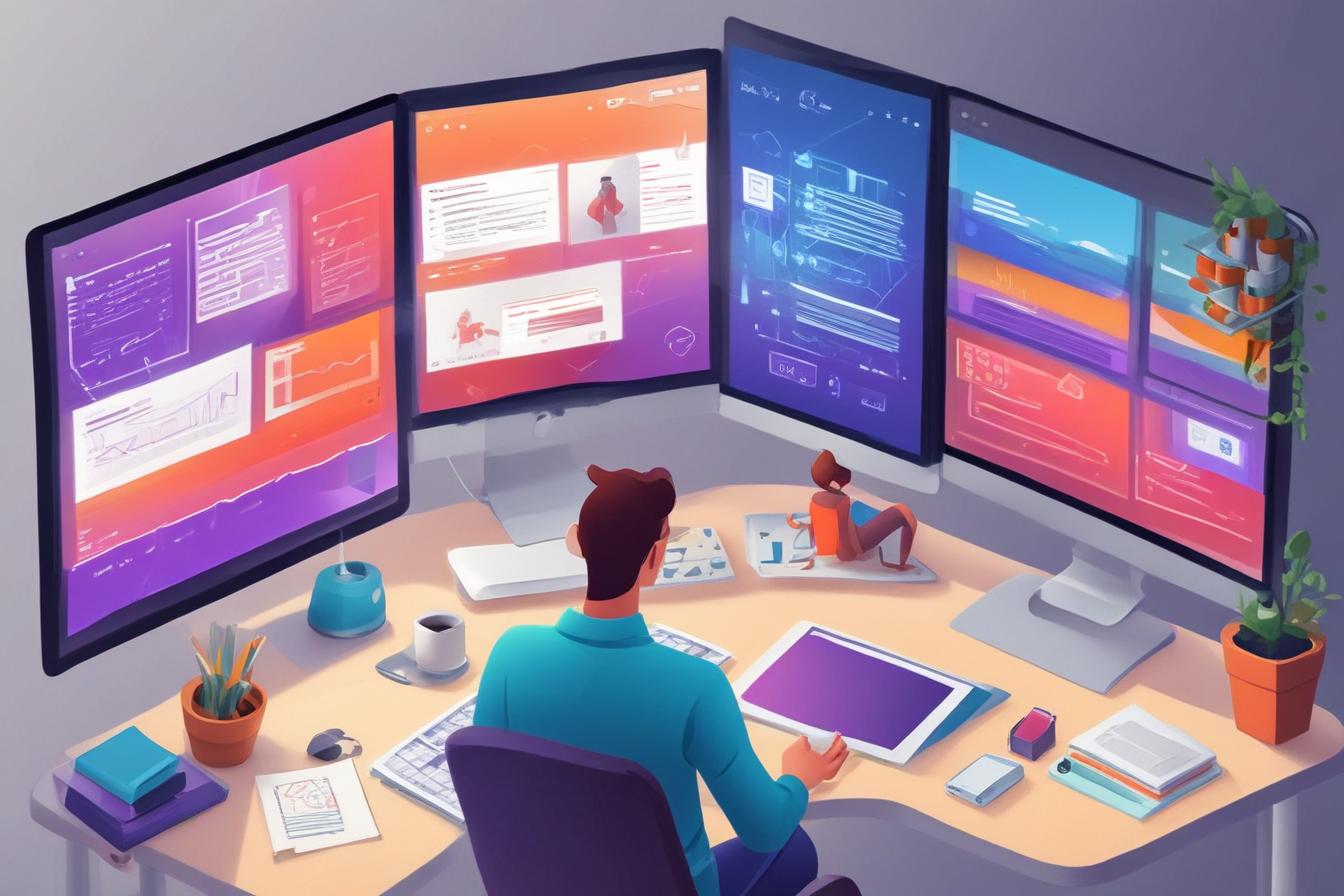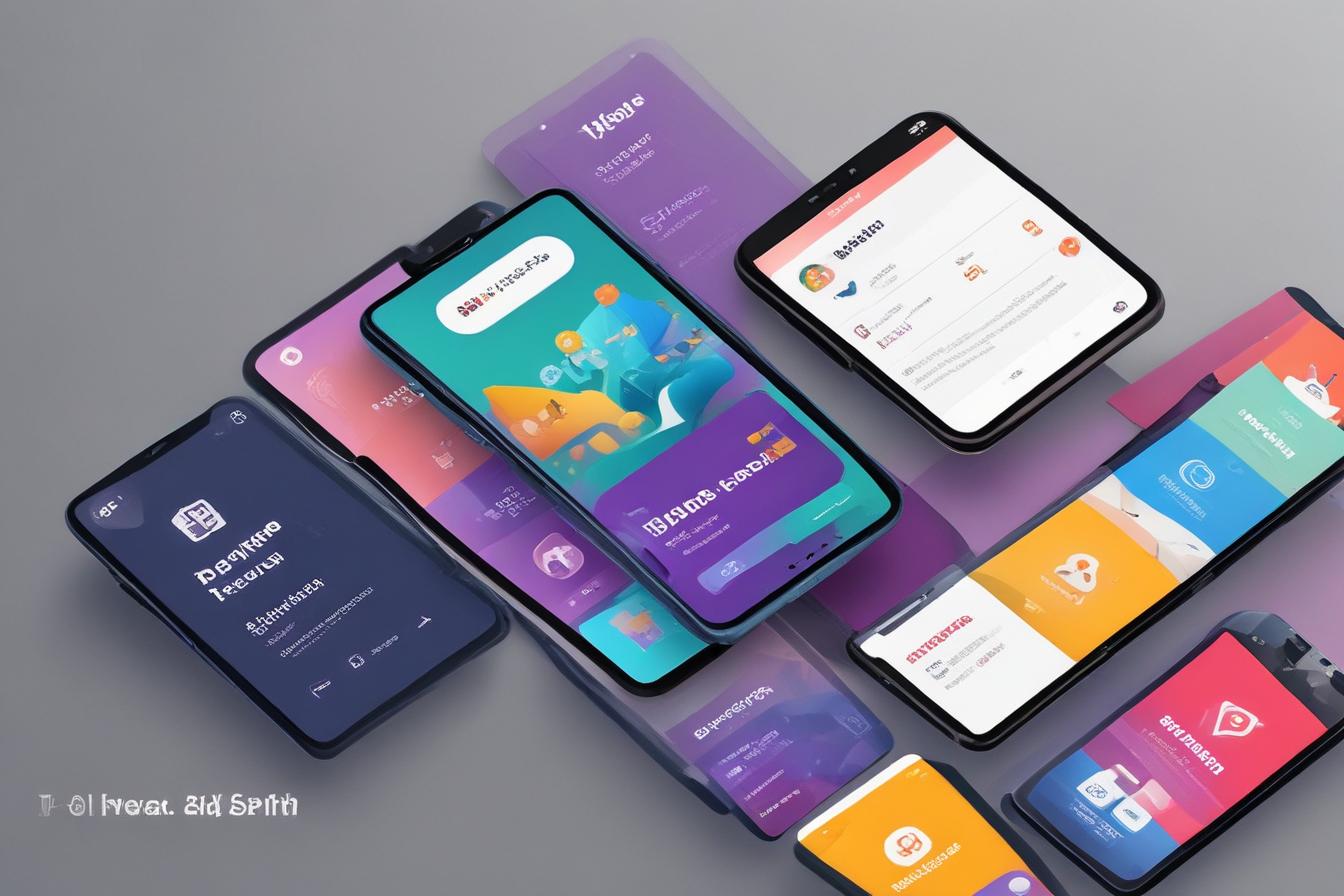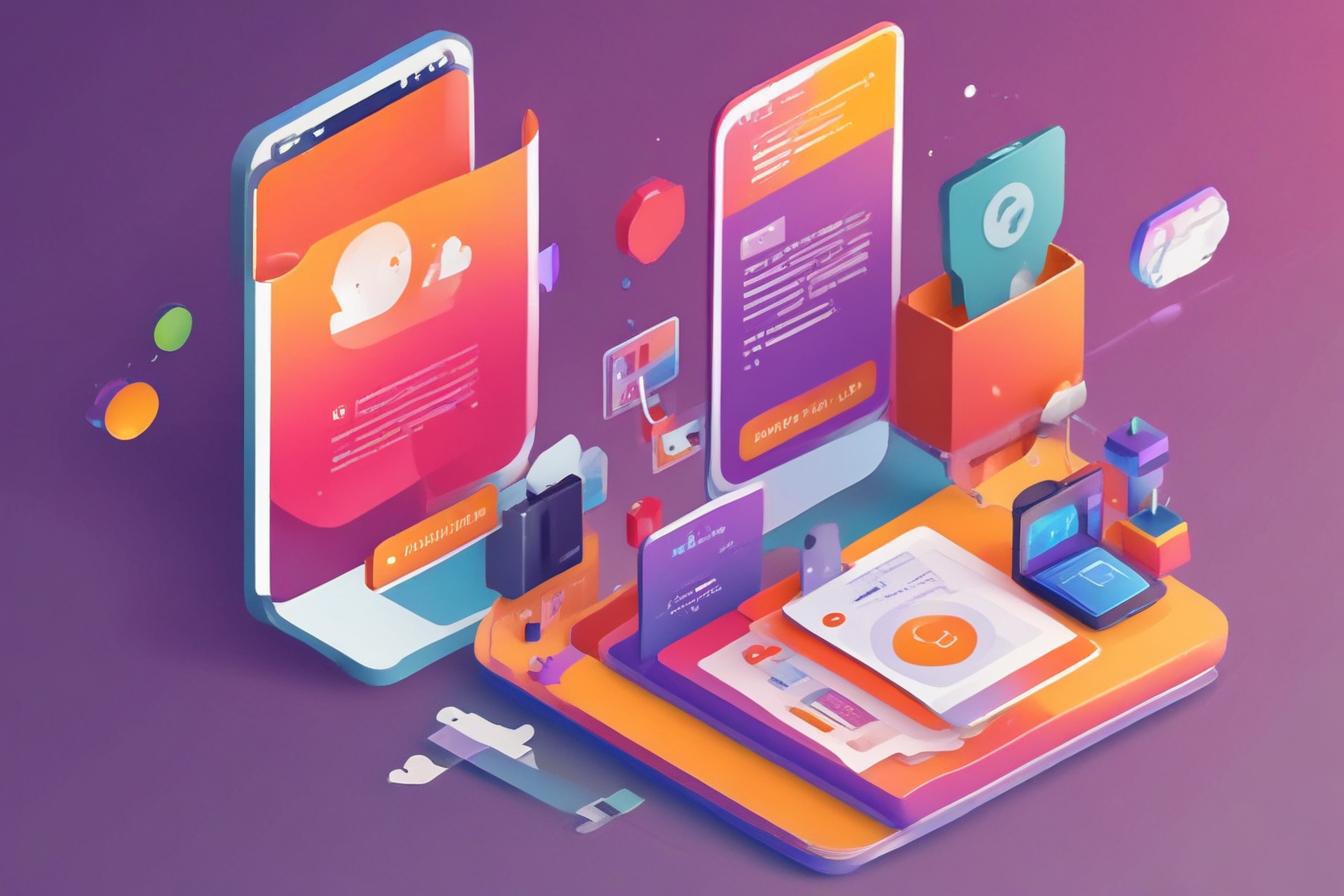What Are Progressive Web Apps (PWAs)?
Progressive Web Apps (PWAs) are a revolutionary new approach to web development that combines the best features of traditional websites and native mobile apps. These web applications are designed to provide a seamless, app-like experience across all devices while leveraging the power of the open web.
Key Characteristics of PWAs
PWAs possess several key characteristics that set them apart from traditional web applications:
- Responsive Design: PWAs automatically adapt to different screen sizes and devices, ensuring an optimal user experience across desktops, tablets, and smartphones.
- App-like Experience: With features like push notifications, offline functionality, and home screen icons, PWAs offer an immersive, app-like experience without the need for app store distribution.
- Fast and Reliable: PWAs are built using modern web technologies that prioritize performance, making them fast, reliable, and resilient to network fluctuations.
- Secure: PWAs leverage HTTPS protocol, ensuring a secure connection and protecting user data.
The PWA Advantage for Web Content
PWAs offer a unique advantage for web content creators and publishers. By providing an app-like experience, PWAs can significantly improve user engagement, retention, and discoverability. With features like push notifications and offline access, content can be delivered more effectively, ensuring that users never miss important updates or articles.
Moreover, PWAs eliminate the need for users to download separate apps, streamlining the content consumption process and reducing barriers to entry. This can lead to increased traffic, higher conversion rates, and ultimately, better monetization opportunities for content creators and publishers.
ContentScale.fr is an online tool that leverages artificial intelligence to generate SEO-optimized articles at scale, making it a cost-effective solution for content creators and publishers looking to stay ahead of the competition. By offering high-quality, optimized content at a fraction of the cost of traditional content creation methods, ContentScale.fr empowers businesses to fuel their PWA content strategy efficiently and effectively.

Key Benefits of Progressive Web Apps for Content
PWAs offer several compelling benefits for content creators and publishers, making them an attractive choice for future-proofing their web content strategy.
Improved User Experience
PWAs provide a seamless, app-like experience that enhances user engagement and satisfaction. With features like push notifications, offline access, and fast loading times, users can consume content more efficiently and without interruptions.
Increased Discoverability and Reach
Unlike native apps that require separate downloads, PWAs are accessible directly from the web browser, making it easier for users to discover and engage with your content. This can lead to increased traffic and a wider reach for your content.
Better Monetization Opportunities
By delivering a superior user experience and increasing user engagement, PWAs can potentially lead to higher conversion rates and better monetization opportunities for content creators and publishers.
Cost-Effective Development and Maintenance
PWAs are built using web technologies, making them more cost-effective to develop and maintain compared to native apps. Additionally, tools like ContentScale.fr can further streamline the content creation process, saving time and resources while ensuring high-quality, optimized content.
PWA vs Native Apps: Pros and Cons
While PWAs offer numerous advantages, it’s essential to understand how they compare to native apps to make an informed decision for your content strategy.
Advantages of PWAs
- Cross-Platform Compatibility: PWAs work seamlessly across different devices and platforms, eliminating the need for separate app development for each platform.
- Discoverability: PWAs can be discovered through search engines, unlike native apps that require app store distribution.
- Instant Updates: PWAs are automatically updated, ensuring users always have access to the latest content and features.
- Lower Development Costs: Building and maintaining PWAs is generally more cost-effective than developing separate native apps for multiple platforms.
Advantages of Native Apps
- Access to Device Hardware: Native apps have direct access to device hardware features like GPS, camera, and sensors, which can be limited or unavailable for PWAs.
- App Store Presence: Native apps are distributed through app stores, which can increase visibility and discoverability for certain audiences.
- Consistent User Experience: Native apps provide a consistent user experience tailored to specific platforms and devices.
It’s important to carefully evaluate your specific content and business needs to determine whether a PWA, native app, or a combination of both approaches is the most suitable strategy.

Building a PWA Content Strategy: Best Practices
Developing a successful PWA content strategy requires careful planning and adherence to best practices. Here are some key considerations:
Define Your Content Goals and Audience
Clearly define your content goals, target audience, and the type of content you aim to deliver through your PWA. This will help shape your content strategy and ensure that your PWA meets the needs and expectations of your users.
Optimize for Performance
Performance is crucial for a seamless PWA experience. Prioritize fast loading times, efficient caching, and offline accessibility to ensure smooth content delivery and minimize user frustration.
Leverage Push Notifications
Push notifications are a powerful feature of PWAs that can significantly enhance user engagement and retention. Develop a thoughtful push notification strategy to keep users informed and engaged with your content.
Integrate with Analytics
Integrating your PWA with robust analytics tools is essential for measuring performance, user engagement, and content effectiveness. Use these insights to continuously optimize your content strategy and ensure it aligns with user preferences and behavior.
Promote and Market Your PWA
Actively promote your PWA to increase its visibility and adoption. Leverage various marketing channels, including search engine optimization, social media, and targeted advertising, to reach your desired audience.
Continuously Update and Improve
Regularly update your PWA with fresh content, bug fixes, and new features to maintain user interest and provide an exceptional content experience. By leveraging tools like ContentScale.fr, you can efficiently generate high-quality, optimized content to fuel your PWA’s growth and success.
Top Progressive Web Apps Examples and Case Studies
To appreciate the potential of PWAs for content delivery, let’s explore some notable examples and case studies:
Starbucks PWA
Starbucks’ PWA offers a seamless ordering and payment experience, leveraging features like geolocation and push notifications to enhance user engagement. The PWA has significantly improved load times, resulting in a 76% increase in weekly active users.
Tinder PWA
The popular dating app, Tinder, developed a PWA to complement its native app offerings. The PWA provides a lightweight and fast experience, increasing user engagement and reducing load times by up to 28%.
Twitter Lite PWA
Twitter Lite is a PWA designed for users in emerging markets with limited data connectivity. The PWA offers a lightweight and data-efficient experience, resulting in a 65% increase in pages per session and a 75% increase in web app usage.
Flipboard PWA
Flipboard, a popular news aggregator, transitioned to a PWA to improve performance and user experience. The PWA has significantly reduced load times, resulting in a 70% increase in engagement and a 4x increase in user retention.
These examples demonstrate the versatility and potential of PWAs in delivering engaging and high-performing content experiences across various industries and use cases.

Developing a PWA: Tools and Resources
Building a successful PWA requires the right tools and resources. Here are some popular options to consider:
Frameworks and Libraries
- React.js: A popular JavaScript library for building user interfaces, with excellent support for PWA development.
- Angular: A comprehensive framework for building web applications, including PWAs.
- Vue.js: A progressive JavaScript framework with a focus on simplicity and ease of use, making it well-suited for PWA development.
PWA Development Tools
- Workbox: A set of libraries and tools from Google for creating and managing PWAs, including service worker management, caching, and more.
- PWA Builder: A comprehensive toolset from Microsoft for developing, testing, and packaging PWAs.
- Lighthouse: A Google tool that audits web apps, including PWAs, and provides performance insights and recommendations.
Hosting and Deployment
While PWAs can be hosted on traditional web servers, there are also specialized hosting solutions designed specifically for PWAs, such as Firebase Hosting and Netlify, which offer features like automatic service worker and content caching.
Learning Resources
To develop your PWA skills and stay up-to-date with the latest trends and best practices, consider exploring resources like:
- Official documentation from framework and library providers
- Online courses and tutorials
- Developer communities and forums
- Industry conferences and events
By leveraging the right tools and resources, you can efficiently develop and deploy high-quality PWAs that deliver exceptional content experiences to your users.
The Future of Web Content: Why PWAs Matter
Progressive Web Apps are more than just a passing trend; they represent a fundamental shift in how we design, develop, and consume web content. As user expectations for seamless and engaging digital experiences continue to rise, PWAs offer a compelling solution that bridges the gap between traditional websites and native apps.
By providing an app-like experience with the reach and accessibility of the open web, PWAs have the potential to revolutionize content delivery and consumption across various industries and use cases. From news and media to e-commerce and beyond, PWAs empower content creators and publishers to deliver rich, immersive experiences that keep users engaged and coming back for more.
As the web continues to evolve, PWAs will play an increasingly vital role in shaping the future of web content. By embracing this technology and leveraging tools like ContentScale.fr, businesses can stay ahead of the curve, deliver exceptional content experiences, and establish a competitive edge in their respective markets.
Whether you’re a content creator, publisher, or business owner, now is the time to explore the potential of PWAs and develop a comprehensive content strategy that leverages their capabilities. By doing so, you’ll future-proof your web presence, enhance user engagement, and unlock new opportunities for growth and success in the digital landscape.

